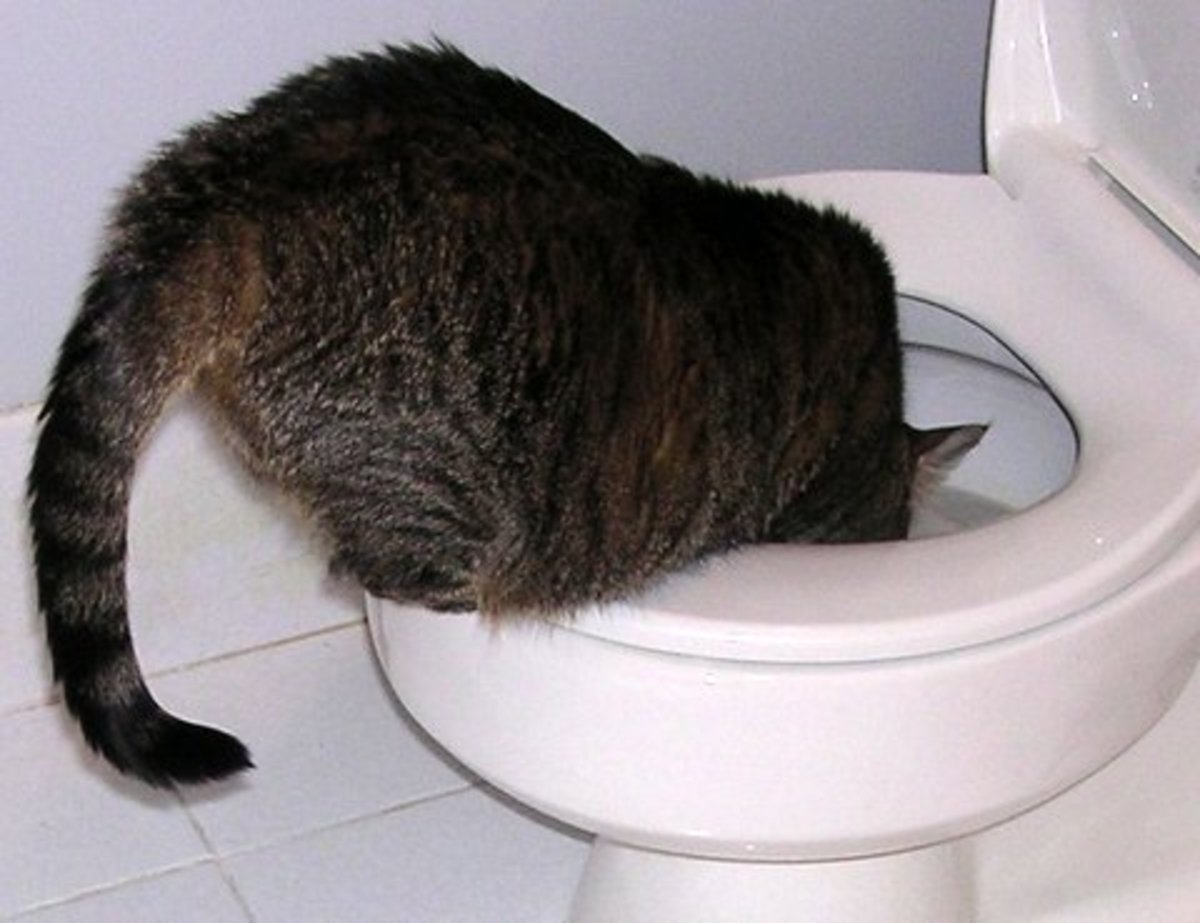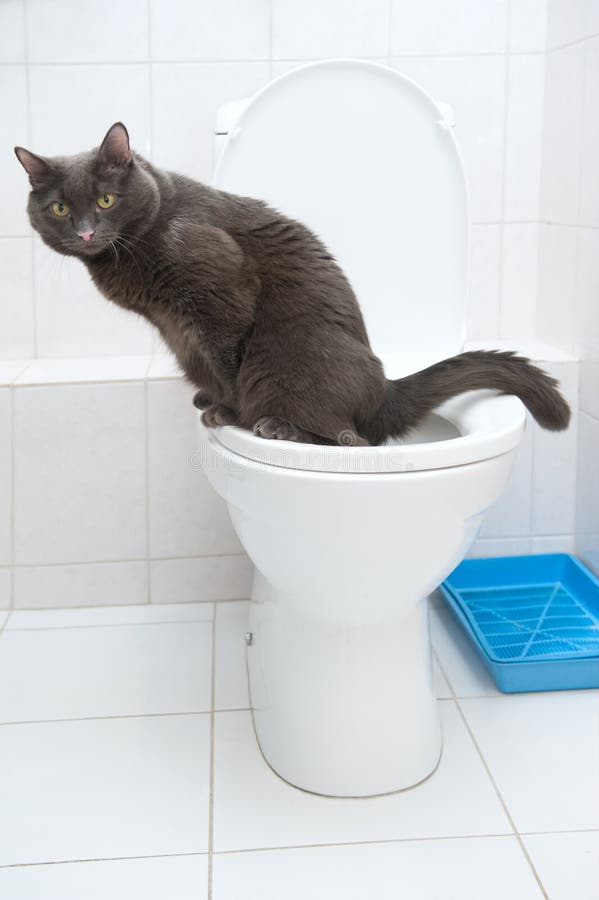Why Flushing Cat Poop Down Your Toilet Is Harmful - Tips for Correct Disposal
Why Flushing Cat Poop Down Your Toilet Is Harmful - Tips for Correct Disposal
Blog Article
They are making a number of good pointers related to How to Dispose of Cat Poop and Litter Without Plastic Bags overall in this article down the page.

Introduction
As feline owners, it's essential to be mindful of just how we throw away our feline buddies' waste. While it might appear convenient to flush feline poop down the commode, this practice can have detrimental consequences for both the atmosphere and human health and wellness.
Alternatives to Flushing
The good news is, there are safer and more accountable methods to get rid of cat poop. Take into consideration the adhering to alternatives:
1. Scoop and Dispose in Trash
One of the most typical technique of dealing with pet cat poop is to scoop it right into a biodegradable bag and toss it in the trash. Make sure to make use of a dedicated trash scoop and throw away the waste without delay.
2. Usage Biodegradable Litter
Choose naturally degradable pet cat litter made from products such as corn or wheat. These clutters are environmentally friendly and can be securely taken care of in the garbage.
3. Hide in the Yard
If you have a lawn, take into consideration burying feline waste in a marked location away from veggie gardens and water sources. Be sure to dig deep sufficient to avoid contamination of groundwater.
4. Install a Pet Waste Disposal System
Invest in an animal garbage disposal system particularly made for cat waste. These systems use enzymes to break down the waste, lowering smell and ecological effect.
Health and wellness Risks
Along with ecological concerns, flushing pet cat waste can additionally posture wellness risks to people. Pet cat feces may have Toxoplasma gondii, a parasite that can trigger toxoplasmosis-- a possibly serious health problem, specifically for expecting ladies and people with damaged immune systems.
Ecological Impact
Flushing feline poop presents damaging microorganisms and parasites into the water system, positioning a substantial risk to water communities. These impurities can adversely affect marine life and compromise water quality.
Final thought
Liable family pet possession extends past providing food and shelter-- it also entails appropriate waste management. By avoiding flushing pet cat poop down the bathroom and going with alternative disposal approaches, we can decrease our ecological footprint and safeguard human wellness.
Why Can’t I Flush Cat Poop?
It Spreads a Parasite
Cats are frequently infected with a parasite called toxoplasma gondii. The parasite causes an infection called toxoplasmosis. It is usually harmless to cats. The parasite only uses cat poop as a host for its eggs. Otherwise, the cat’s immune system usually keeps the infection at low enough levels to maintain its own health. But it does not stop the develop of eggs. These eggs are tiny and surprisingly tough. They may survive for a year before they begin to grow. But that’s the problem.
Our wastewater system is not designed to deal with toxoplasmosis eggs. Instead, most eggs will flush from your toilet into sewers and wastewater management plants. After the sewage is treated for many other harmful things in it, it is typically released into local rivers, lakes, or oceans. Here, the toxoplasmosis eggs can find new hosts, including starfish, crabs, otters, and many other wildlife. For many, this is a significant risk to their health. Toxoplasmosis can also end up infecting water sources that are important for agriculture, which means our deer, pigs, and sheep can get infected too.
Is There Risk to Humans?
There can be a risk to human life from flushing cat poop down the toilet. If you do so, the parasites from your cat’s poop can end up in shellfish, game animals, or livestock. If this meat is then served raw or undercooked, the people who eat it can get sick.
In fact, according to the CDC, 40 million people in the United States are infected with toxoplasma gondii. They get it from exposure to infected seafood, or from some kind of cat poop contamination, like drinking from a stream that is contaminated or touching anything that has come into contact with cat poop. That includes just cleaning a cat litter box.
Most people who get infected with these parasites will not develop any symptoms. However, for pregnant women or for those with compromised immune systems, the parasite can cause severe health problems.
How to Handle Cat Poop
The best way to handle cat poop is actually to clean the box more often. The eggs that the parasite sheds will not become active until one to five days after the cat poops. That means that if you clean daily, you’re much less likely to come into direct contact with infectious eggs.
That said, always dispose of cat poop in the garbage and not down the toilet. Wash your hands before and after you clean the litter box, and bring the bag of poop right outside to your garbage bins.
https://trenchlesssolutionsusa.com/why-cant-i-flush-cat-poop/

I was made aware of that report on How to Dispose of Cat Poop and Litter Without Plastic Bags from a good friend on our other web property. If you appreciated our blog posting please make sure you remember to pass it around. Bless you for your time. Come back soon.
Book Your Service Report this page